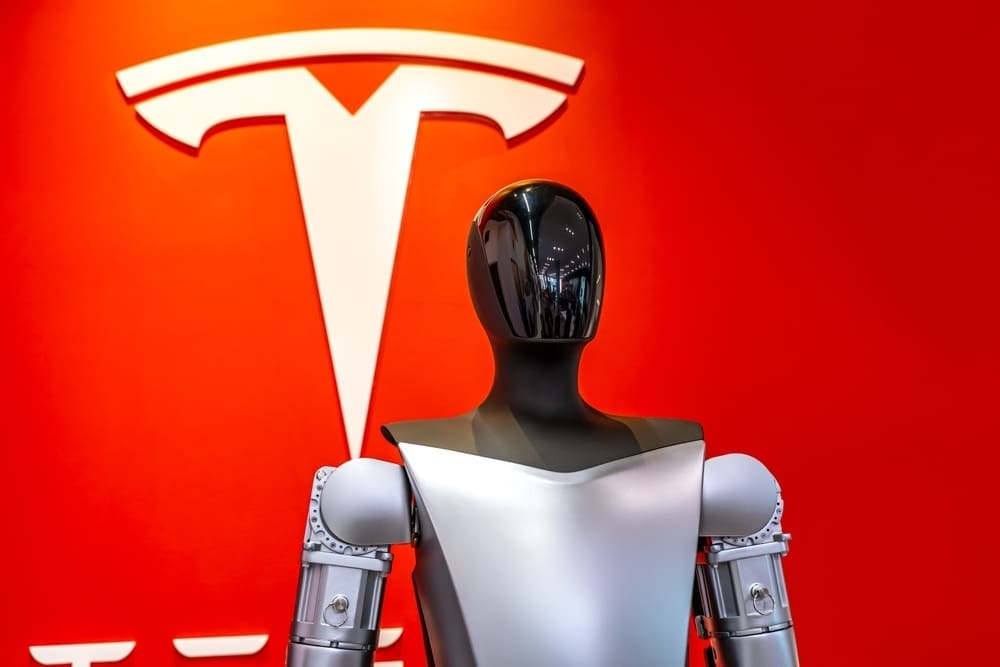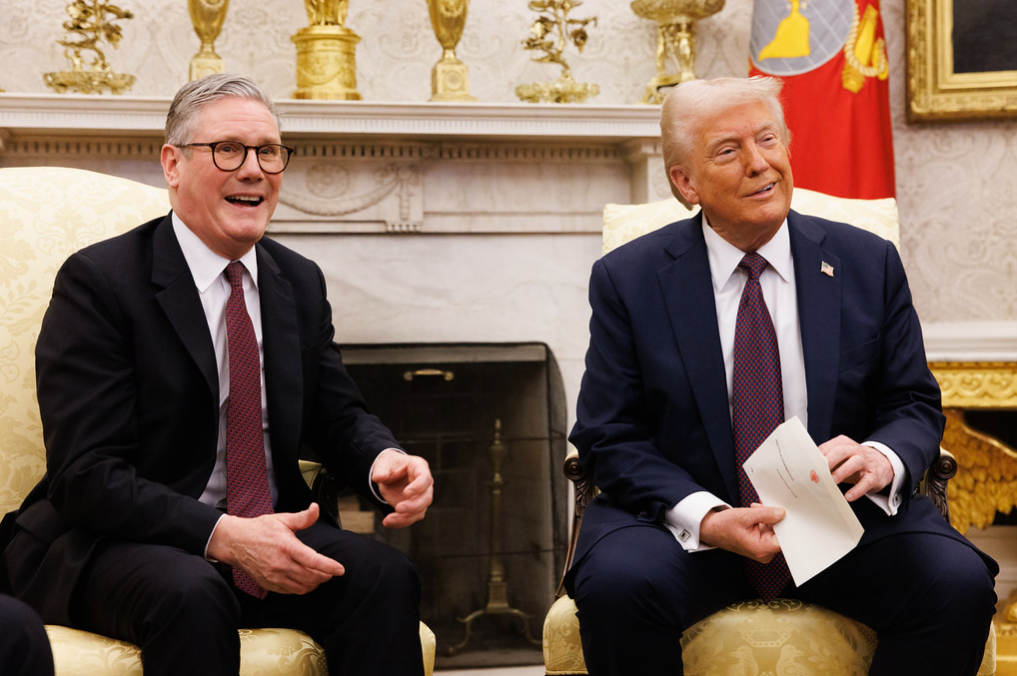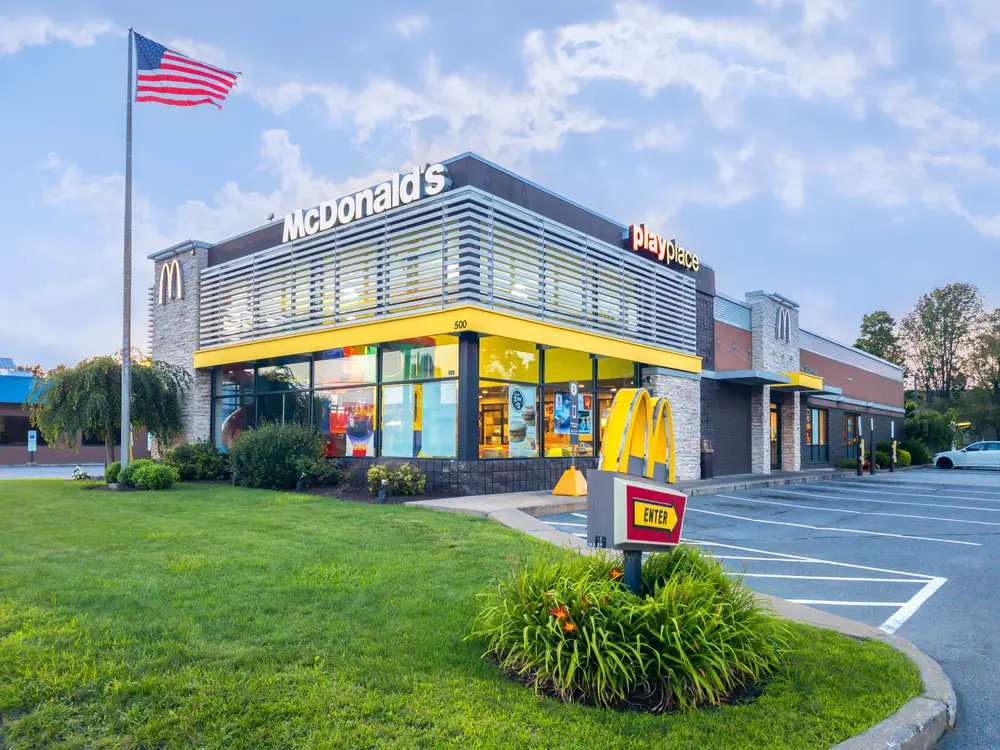Tesla, under the direction of Elon Musk, is moving forward with an ambitious plan to introduce its humanoid robot, Optimus, to the market by the end of next year. During a recent conference call with investors, Musk outlined his vision for the robot, suggesting that Optimus could start performing tasks in Tesla’s manufacturing processes by the end of this year. This announcement is part of Tesla’s broader strategy to delve into robotics, aiming to address potential labor shortages and automate repetitive or hazardous tasks in several industries, including logistics, warehousing, retail, and manufacturing.
Optimus represents a significant pivot for Tesla, highlighting the company’s evolving focus from solely car manufacturing to advanced robotic solutions. Musk has previously stated that he believes the robotics segment could eventually surpass Tesla’s automotive sector in economic significance. This shift is seen as a strategic move to position Tesla at the forefront of the robotics industry, leveraging its technology and production capabilities to scale up robot manufacturing.
The first generation of the Optimus robot, nicknamed Bumblebee, was unveiled in September 2022. Since then, Tesla has made progress in refining the robot’s capabilities, as demonstrated in a recent video where the robot was shown folding a T-shirt. This demonstration was part of Tesla’s ongoing effort to showcase Optimus’s utility in performing mundane tasks efficiently, which could revolutionize various operational processes within different sectors.
Musk’s history with ambitious tech promises—such as his earlier projections about Tesla operating a fleet of autonomous “robotaxi” vehicles by 2020—brings a level of skepticism to his timelines and claims. These past assertions have not always come to fruition within the anticipated timeframes, casting a shadow of doubt over the exact realization of Tesla’s robotic ambitions.
Nevertheless, the potential market release of Optimus next year is drawing significant attention. As Tesla prepares to bring this technology to a commercial platform, the implications for the future of labor and robotic integration in everyday life are profound. This initiative not only highlights Tesla’s innovation trajectory but also underscores the competitive dynamics in the robotics industry, where entities like Boston Dynamics are also making significant advancements.




